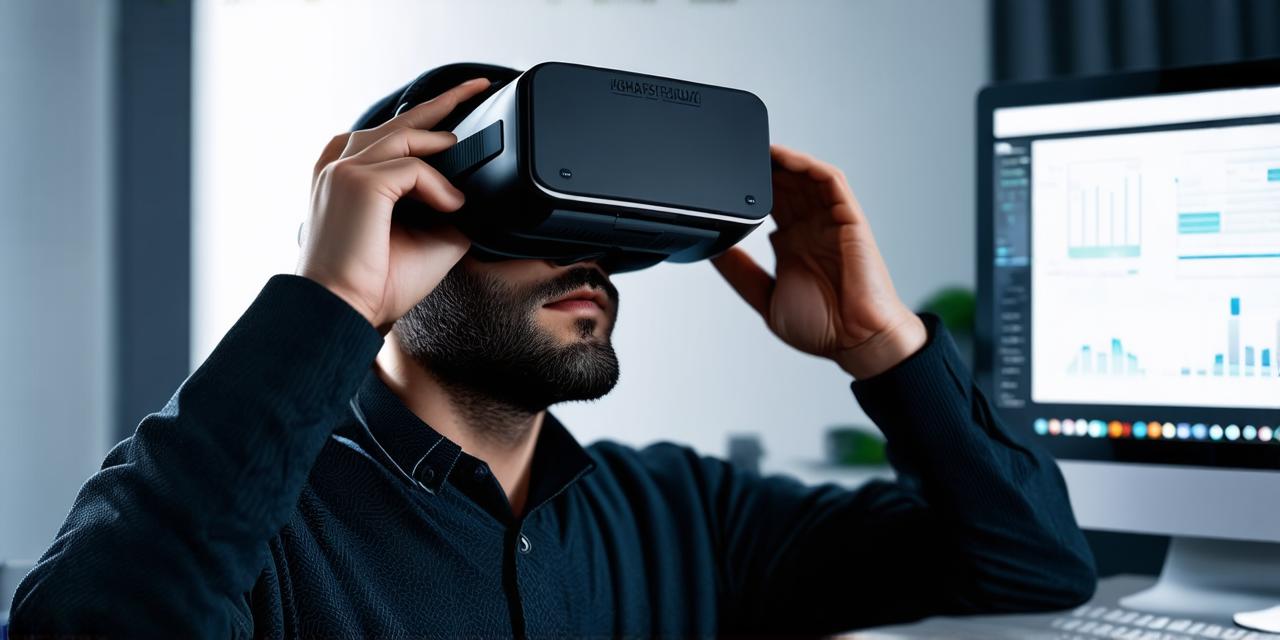
How to watch virtual reality videos on a computer
Virtual reality (VR) technology is rapidly advancing and becoming increasingly accessible. One of the most popular ways to experience virtual reality is through videos, which allow you to immerse yourself in a fully realized world without needing to physically interact with it. In this guide, we’ll explore how to watch virtual reality videos on your computer, including the best tools and techniques for optimizing your viewing experience.
Why Watch Virtual Reality Videos on Your Computer?
There are several reasons why watching virtual reality videos on your computer can be a better option than using a standalone VR headset. Firstly, VR headsets can be expensive and may not be accessible to everyone. Additionally, some people may prefer to watch VR content without physically interacting with it, which is easier to do on a computer. Finally, VR videos can be more easily shared and consumed by others, making them an ideal option for developers who want to showcase their work to a wider audience.
The Best Tools for Watching Virtual Reality Videos on Your Computer
There are several tools available that allow you to watch virtual reality videos on your computer. These include:
- Oculus Video: Oculus Video is a free app that allows you to play 360-degree videos on your computer. It supports a wide range of video formats and can be easily integrated into your existing workflow.
- Samsung Gear VR Video Player: Samsung Gear VR Video Player is another popular tool for watching virtual reality videos on your computer. It supports a wide range of video formats and offers a seamless viewing experience.
- YouTube: YouTube is a free platform that allows you to watch 360-degree videos directly in your web browser. While the quality of the videos may not be as high as other tools, it’s a convenient option for those who already use YouTube for their video content.
- VLC Media Player: VLC Media Player is a free and open-source tool that supports a wide range of video formats, including 360-degree videos. It offers a customizable viewing experience and can be easily integrated into your existing workflow.
Optimizing Your Virtual Reality Viewing Experience
Once you’ve chosen the right tool for watching virtual reality videos on your computer, it’s important to optimize your viewing experience. Here are some tips:
- Choose a high-quality video: The quality of your virtual reality viewing experience will depend largely on the quality of the video itself. Choose a high-resolution video that has been shot with high-quality cameras and lighting.
- Adjust your settings: Depending on the tool you’re using, you may be able to adjust your viewing settings to optimize your experience. This could include adjusting the field of view, changing the resolution, or adjusting the brightness and contrast.
- Use a high-quality monitor: The quality of your monitor will have a significant impact on your virtual reality viewing experience. Choose a monitor with a high resolution and high refresh rate to ensure smooth and immersive visuals.
- Connect headphones: Using headphones can enhance your virtual reality viewing experience by providing a more realistic audio experience. Choose headphones that are specifically designed for virtual reality use, as they will provide better spatial audio and reduce motion sickness.
FAQs

1. What is the best way to watch virtual reality videos on my computer?
The best way to watch virtual reality videos on your computer will depend on your individual preferences and needs. Some popular options include Oculus Video, Samsung Gear VR Video Player, YouTube, and VLC Media Player.
2. How do I optimize my virtual reality viewing experience on my computer?
To optimize your virtual reality viewing experience on your computer, choose a high-quality video, adjust your settings, use a high-quality monitor, and connect headphones.
3. What are the requirements for watching virtual reality videos on my computer?
The requirements for watching virtual reality videos on your computer will depend on the tool you’re using.


